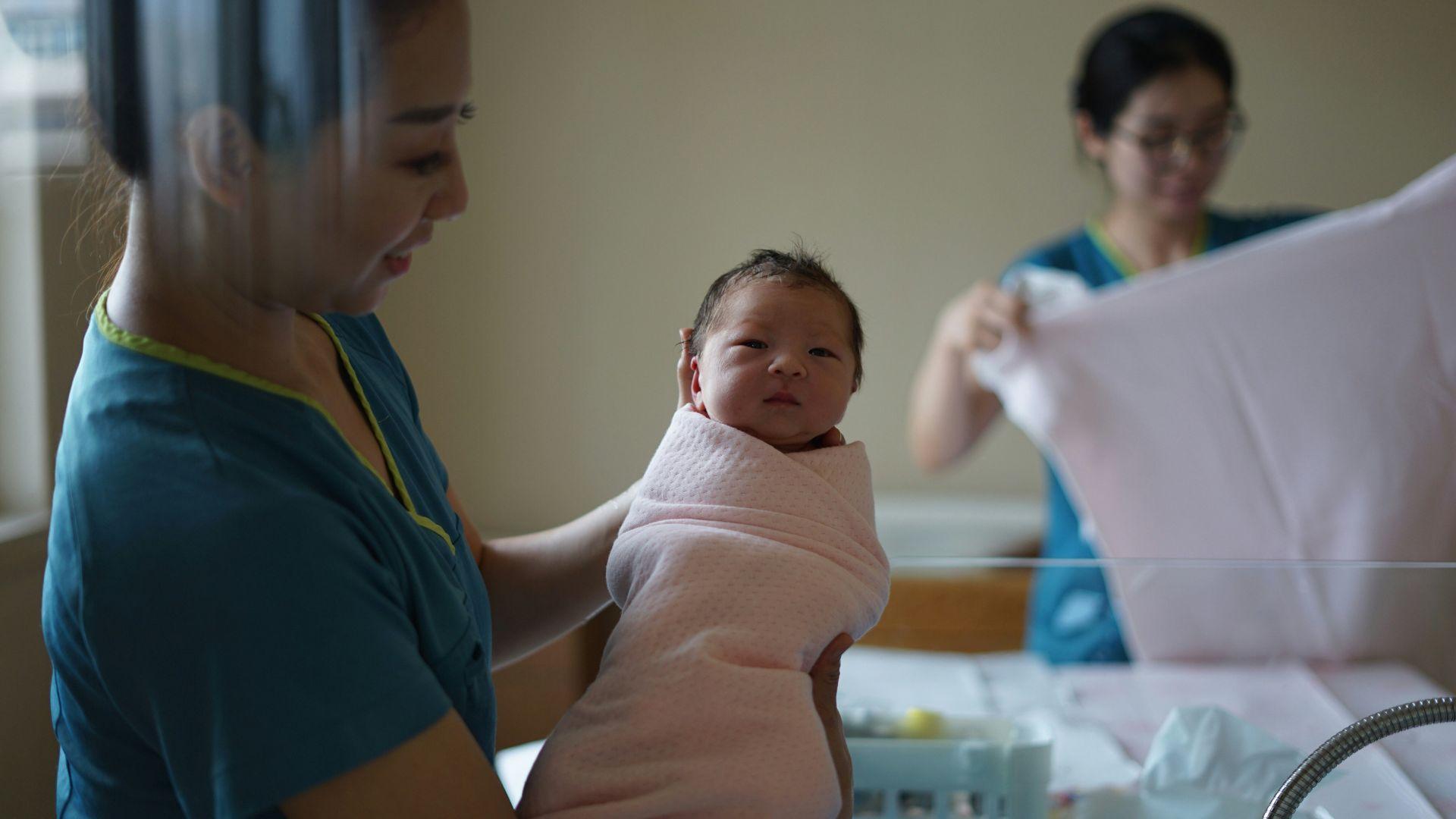China’s population has decreased for a second year, a trend that raises concerns about the future.
According to the National Statistics Bureau, mainland China had a population of 1.409 billion last year, showing a reduction of over 2 million from 2022. This decline is significant compared to the decrease of 850,000 from 2021 to 2022, which was the first population decline in China in six decades.
Historic Low birthrates

The birthrate in China has dropped to an unprecedented low. According to Reuters, the birthrate in 2023 was 6.39 per thousand, with approximately 9 million newborns, which is more than half a million fewer than the previous year and the lowest since the founding of the People’s Republic of China in 1949.
Moreover, the country experienced an increase in deaths, reporting more than 11 million deaths, the highest number since 1974 during the Cultural Revolution, as stated by NBC News.
Economic Impact of Demographic Shifts

NBC News reports that China’s population decline is stirring up questions about its economic future.
Despite this decrease, the country’s economy grew by 5.2% last year. Kang Yi, the director of the National Bureau of Statistics, stated at a news conference in Beijing, “The situation of the national economy is picking up and improving.” They also acknowledged the challenges in the global environment.
Government Initiatives to Increase birthrates

The Chinese government is actively attempting to reverse the falling birthrate trend. NBC News reported that President Xi Jinping previously emphasized the need to “actively cultivate a new culture of marriage and childbearing.”
In line with this, policies have been relaxed, allowing couples to have up to three children, and local governments are offering incentives like tax breaks to encourage larger families.
Youth Reluctance Toward Parenthood

BBC News reveals that young people in China are hesitant to start families, influenced by modern challenges. The number of newborns has been declining, with the peak in 2016 at 17.86 million and decreasing annually since then.
Economic pressures and lifestyle choices play a significant role in this trend, leading to historically low marriage rates.
The Impact of Youth Unemployment on Family Planning

Youth unemployment is affecting family planning decisions in China. The unemployment rate among those aged 16 to 24 was 14.9% in December 2023, not including students (via NBC News).
This high rate of unemployment is impacting young adults’ willingness to start families, with Su Yue from the Economist Intelligence Unit noting to NBC News: “The youth unemployment rate has an actual impact on the family. It delayed the process of people having children.”
Concerns Over an Aging Population

China’s aging population is a growing area of concern.
NBC News details that in 2023, the proportion of people over 65 was 15.4%, fitting the United Nations’ definition of an “aged society.” This demographic change presents challenges for the labor force and increases pressure on health care and pension systems, as reported by the BBC.
Focusing on the Silver Economy

In response to an aging population, China is enhancing its “’silver economy.” The State Council is encouraging the development of goods and services for the elderly, recognizing the significant economic contribution of this sector, NBC News reports.
The “silver economy” represents a substantial part of China’s GDP and is projected to grow considerably by 2035.
Public Reaction to Demographic Changes

The public’s reaction to China’s population trends is mixed.
NBC News explains that some see benefits in reduced competition, as expressed by a user of the Chinese social media platform Weibo, “Without so many people in the country, the competition will be less and less fierce.”
Comparative Perspective on birthrates

China’s birthrate aligns with trends in other advanced East Asian nations.
The country’s birthrate of 6.39 per 1,000 people is comparable to Japan and South Korea, reflecting similar patterns in countries that have experienced rapid industrial changes, BBC News reveals.
Economic Struggles Amidst Population Dynamics

China’s economic and demographic landscapes are closely intertwined. BBC News states that the GDP growth rate in 2023 was one of the slowest in over three decades.
This shows the impact of the property crisis, consumer spending downturn, and youth unemployment, which are all factors that are influencing the population dynamics.
Navigating China’s Future

China’s future amid these demographic shifts remains a topic of global interest. With a declining workforce and an increasing elderly population, the country faces challenges.
BBC News reports that Professor Stuart Gietel-Basten, a population policy expert at the Hong Kong University of Science and Technology, observes: “It’s kind of locked in now … this is just the next year in this new era of population stagnation or decline for China.”
